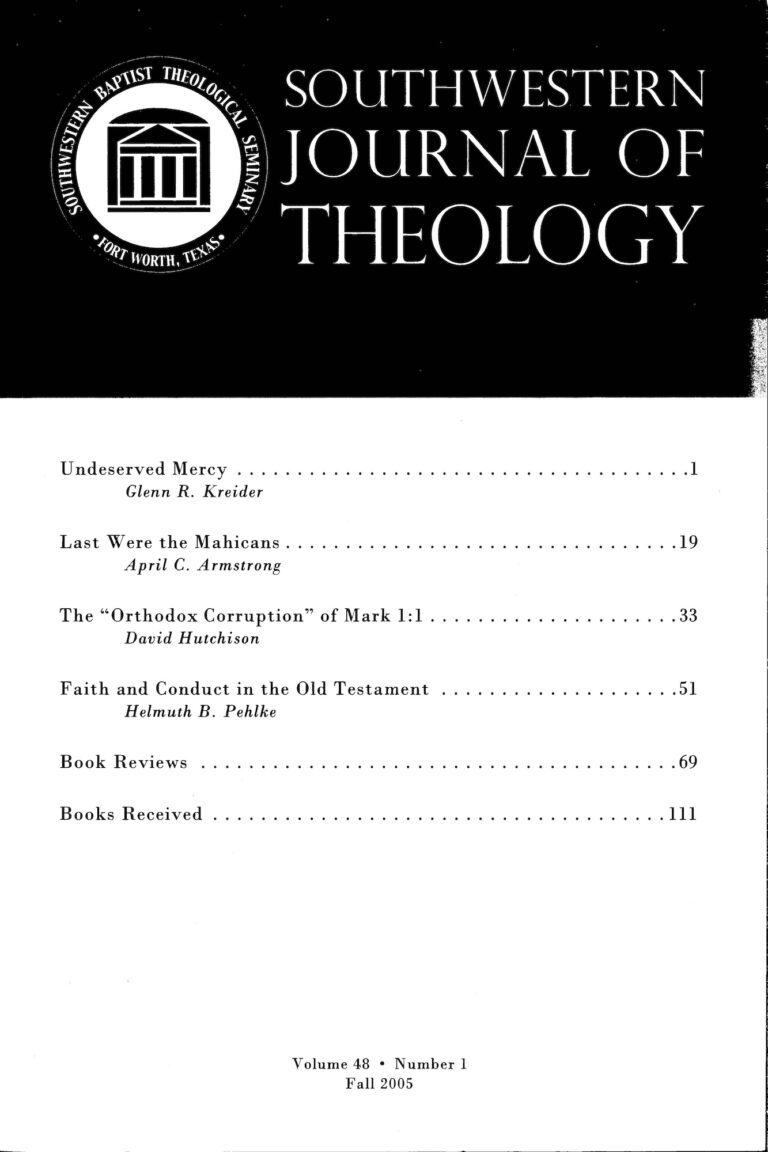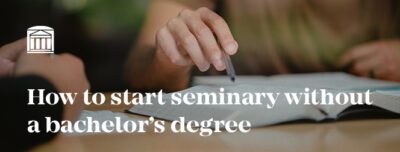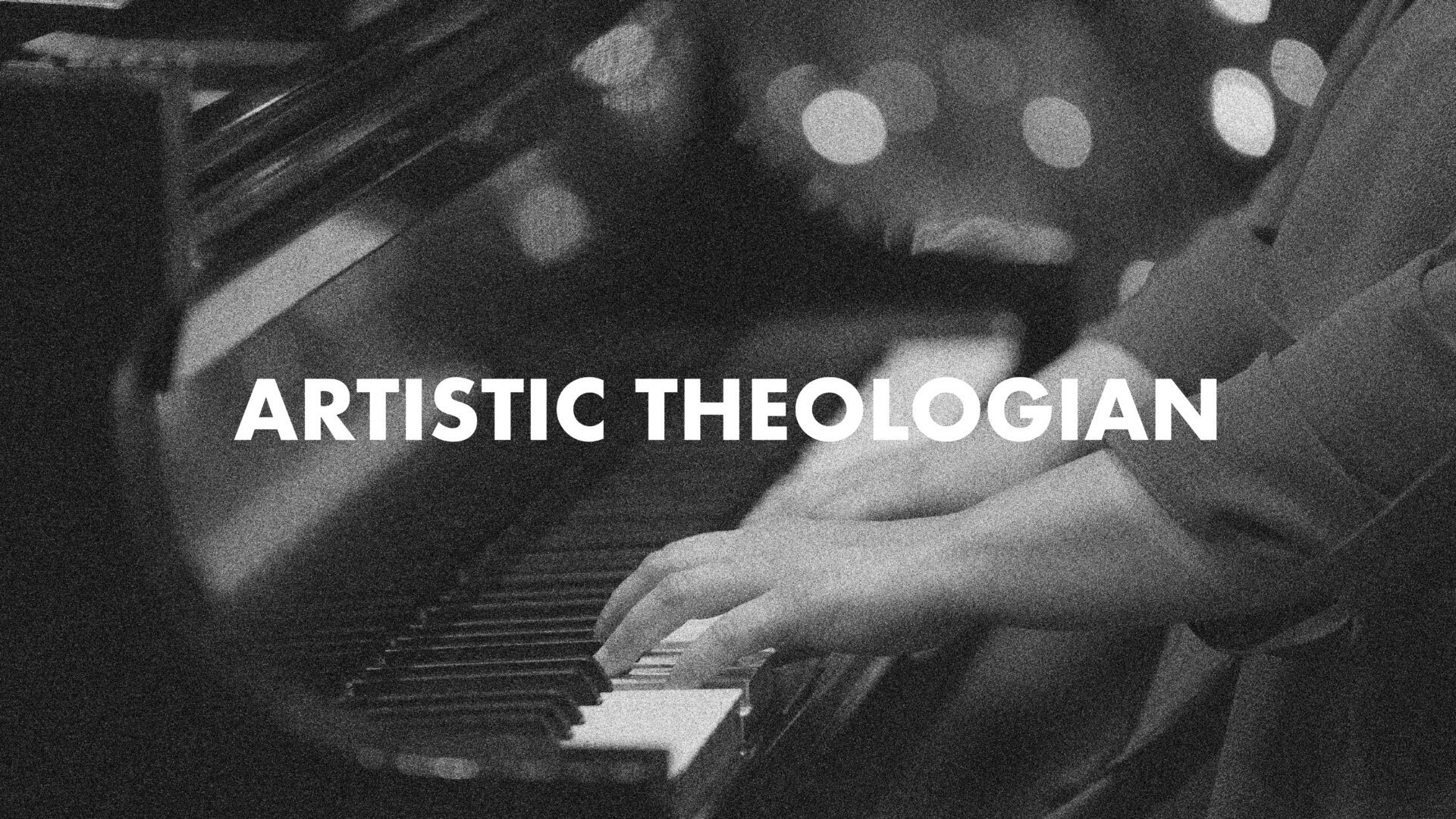
Southwestern Journal of Theology (48.1)
Southwestern Journal of Theology
Volume 48, No. 1 - Fall 2005
Editor: Paige Patterson
By Robert LittleJohn and Charles T. Evans. Wheaton: Crossway, 2006. 224 pages. Softcover, $14.99.
Evangelicalism needs to be re-formed around the great truths of the Christian faith and this book calls us to begin the process by raising generations of young people able to rise above captivity to American culture. Evans and Littlejohn argue that the goal of education is twofold: wisdom and eloquence. They are correct that we need wise people who love what is beautiful and true and who are able lead others to truth and beauty by communicating winsomely. The authors advocate beginning with the end in view: deciding on what we want high school graduates to look like and working back from there. The book is aimed at those who serve in the context of Christian schools, but the theoretical information is also helpful for home-schoolers.
The first chapter explores the purpose of education. The purpose of a liberal arts education is to increase one’s capacity to know God and relish his gifts of truth, goodness, and beauty. This benefits humanity as the wise lead many to righteousness. The path to producing “men with chests” is the classic, Christian liberal arts tradition, which has been overthrown by the progressive theories of the likes of John Dewey.
Chapter two is an overview of the liberal arts. These break down into two categories: language and mathematics. Under the umbrella of language falls grammar, dialectic, and rhetoric. Under mathematics come arithmetic, geometry, astronomy, and music. The three language arts have come to be known as the trivium, while the four mathematical arts are referred to as the quadrivium. Dorothy Sayers contributed to a resurgence of interest in classical education in an address titled “The Lost Tools of Learning.” The authors of Wisdom and Eloquence respectfully dispute the way that Sayers assigned developmental periods to the language arts. Sayers suggested that grammar coincides roughly with ages nine to eleven, dialectic (or logic) with ages twelve to fourteen, and training in rhetoric culminates at age 18. Littlejohn and Evans contend that grammar, dialectic, and rhetoric provide the curriculum to be studied at age appropriate levels throughout one’s developmental years, denying any historic precedent for what Sayers suggested.
The third chapter briefly deals with the place of worldview in the liberal arts. Chapter four addresses the community of faith and learning. Here the authors point out that the purpose of a school is to educate: a school is not a church, so it should not serve communion; nor is a school an evangelistic outreach center, a place to re-create a youth group culture, or to generate revenue. The school’s purpose is to assist the church by fulfilling its intended function: educating. Chapter five presents what goes into the liberal arts curriculum, concluding with a helpful chart of the whole. Chapter six takes a closer look at the trivium, chapter seven at the quadrivium. A chapter on rhetoric provides an example of a fuller treatment of one third of the trivium, and chapters on teachers and learning round out the volume. Three appendices address parents, the public square, and community.
Littlejohn and Evans are wise educators who recognize that teaching is not something that exists for its own sake, but something that is done in the service of learning. Similarly, learning is not an end in itself, but something that should lead to Wisdom and Eloquence, which in themselves serve to glorify God. This perspective lends great wisdom to this book on education, wisdom exemplified in such statements as, “great readers are made by great books, and a steady diet of books that do not both challenge and stimulate the reader weakens both the student’s ability and desire to read.”
Littlejohn and Evans are on the mark when they write, “the literary foundation of our civilization is formed by the Bible and the five major epics of Homer, Virgil, Dante, and Milton.” If we evangelicals wish to educate our children so that they resist the drift toward a trinket culture, Wisdom and Eloquence provides us with exactly what is proclaimed in its subtitle: A Christian Paradigm for Classical Learning.





